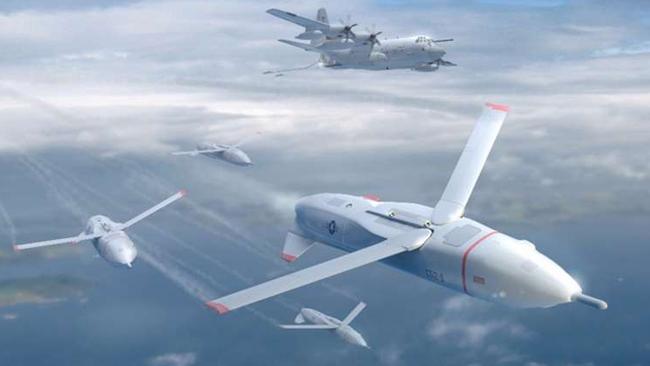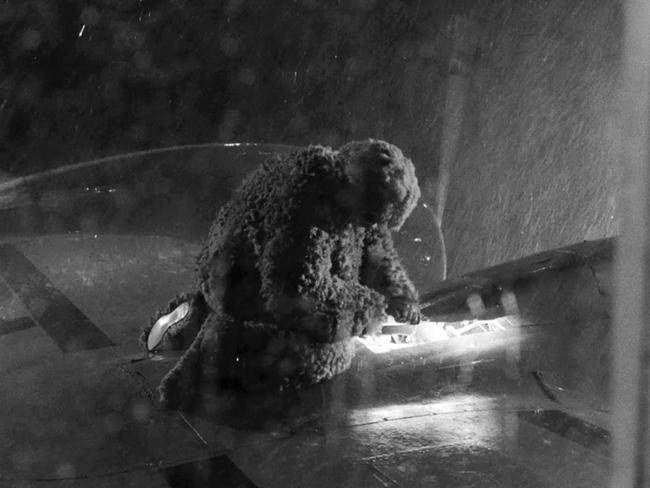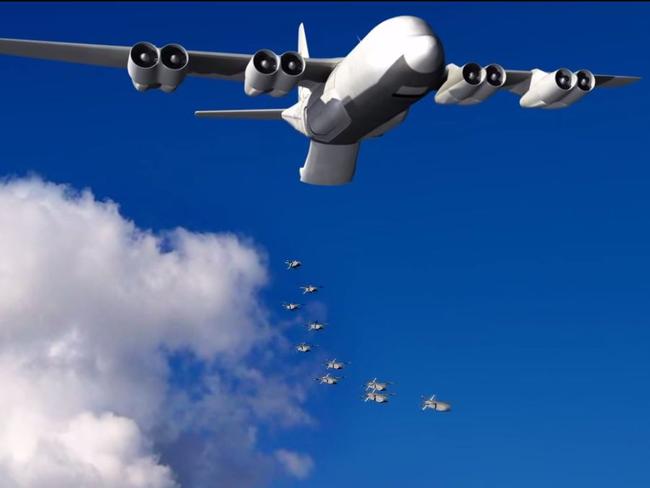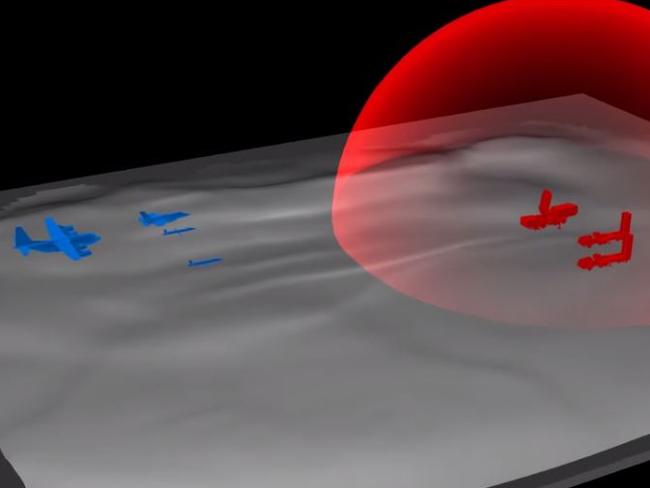DARPA in drive for ‘gremlin’ swarm drones to overwhelm hostile defences
THE US military has given the go-ahead to building swarms of small, but deadly drones known as ‘gremlins’, which can be launched to overwhelm any enemy.

THE US military has given the go-ahead to building swarms of small but deadly drones which can be launched from a large aircraft to overwhelm any enemy.
A year ago US defence research organisation DARPA made a public call for ideas on how drone carrying aircraft could operate.
It appears they got some good answers.
In a world of exorbitantly expensive defence projects, such as the controversial F-35 Stealth Fighter, the idea of mass produced, cheap and extendible drones has obvious appeal.
The idea is that many small weapons will be able to overwhelm much larger, more complex machines in the same way bees can swarm over — and kill — a person.
But DARPA has a cooler name.
They’re calling them Gremlins — mythological mischief makers World War II combat aircraft pilots and maintenance crews blamed for the litany of mechanical faults their aircraft suffered.
The idea resurfaced in an episode of The Twilight Zone, but took off in the 1984 movie of the same name.

DARPA’s vision is for a swarm of drones to surround an enemy target, deploying a variety of jammers to interrupt radar and communications.
The enemy defences would have too many targets for its limited array of missiles and cannons to defeat.
Any opposition would simply be overwhelmed.

“An ability to send large numbers of small unmanned air systems (UAS) with coordinated, distributed capabilities could provide US forces with improved operational flexibility at much lower cost than is possible with today’s expensive, all-in-one platforms — especially if those unmanned systems could be retrieved for reuse while airborne,” DARPA program manager Dan Pratt said in a statement.
“So far, however, the technology to project volleys of low-cost, reusable systems over great distances and retrieve them in midair has remained out of reach.”

The challenge is not building the drones, nor flying them.
It’s coordinating them once in flight.
For these small craft to be effective, they must fly fast in a confined airspace in a way that synchronises the effect of their jamming, confuses the defending pilot and avoids collisions. They must then return to the host aircraft, and land.
It will require a degree of artificial intelligence and self awareness not yet seen in combat drones.
DARPA will be holding a day for defence industries to discuss the needs of such technologies on September 24. The research firm will fund development up to and including flight-system demonstration models.




